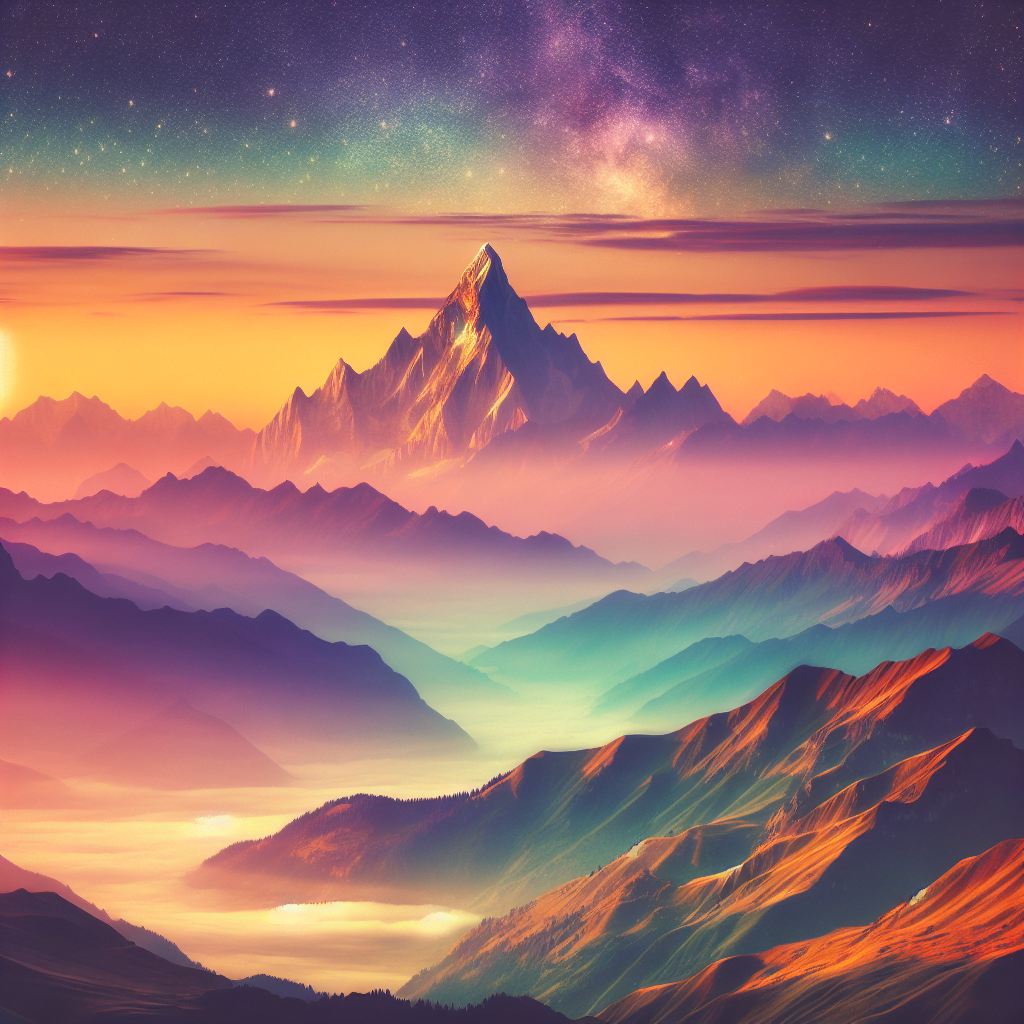Are you a passionate traveler and photographer? If so, then you’re in luck! In this article, we will provide you with valuable advice on how to capture stunning landscapes, vibrant and breathtaking street scenes, and even exciting wildlife encounters while cruising. Whether you’re an amateur or a seasoned photographer, these tips will help you hone your skills and make the most of your journey. So grab your camera, get ready to set sail, and prepare to capture stunning memories that will last a lifetime.
Table of Contents
ToggleCapturing Stunning Landscapes
Choosing the Right Equipment
When it comes to capturing stunning landscapes, having the right equipment is essential. The first thing you’ll want to consider is your camera selection. There are many great options on the market, ranging from DSLRs to mirrorless cameras. These provide excellent image quality and give you the flexibility to adjust settings manually.
Once you have your camera, lens options come into play. Different lenses offer different perspectives, so it’s important to have a variety to choose from. Wide-angle lenses are great for capturing expansive vistas, while telephoto lenses allow you to zoom in on distant subjects. Having a selection of lenses will ensure you can capture the landscape exactly as you envision it.
Another crucial piece of equipment to consider is a tripod. This will help you keep your camera stable and avoid any unwanted camera shake. When shooting landscapes, it’s often necessary to use slower shutter speeds to capture the scene in all its glory, and a tripod will help ensure your images are sharp and clear.
Understanding Lighting Conditions
Lighting plays a vital role in landscape photography. Understanding different lighting conditions will help you create stunning images that truly capture the essence of the scene.
The Golden Hour refers to the period shortly after sunrise or before sunset when the light is soft and warm. This is often considered the best time of day to photograph landscapes, as the golden hues can add a magical touch to your images. The soft, diffused light during this time creates a gentle contrast that enhances the details in the landscape.
The Blue Hour, on the other hand, occurs just before sunrise or after sunset. This is the time when the sky takes on a deep blue color, providing a unique and captivating atmosphere for your photographs. The low light during the Blue Hour can lead to longer exposures, allowing you to capture the movement of clouds or water in a beautifully ethereal way.
Midday lighting can be challenging due to the harsh, direct sunlight. However, with careful consideration, you can still capture stunning images during this time. Look for interesting patterns and textures in the landscape, and use the strong shadows to create depth and drama in your photos. Experiment with different angles and compositions to make the most of midday lighting.
Composition Techniques
Composition is key in landscape photography. By following a few simple techniques, you can create visually appealing images that draw the viewer in.
The Rule of Thirds is a popular compositional technique that involves dividing the frame into a grid of nine equal parts with two vertical and two horizontal lines. By placing key elements of your landscape along these lines or at their intersections, you can create a more balanced and visually pleasing image.
Leading Lines are another powerful compositional tool. These are lines within the image that guide the viewer’s gaze towards the main subject. Look for natural lines in the landscape, such as roads, paths, or rivers, and position them in a way that leads the viewer’s eye through the frame and towards the focal point.
Foreground Interest is an effective way to add depth and interest to your landscapes. By including a prominent foreground element, such as a rock, flower, or tree, you can create a sense of scale and draw the viewer into the scene. Experiment with different compositions and perspectives to make the foreground element stand out and complement the rest of the image.
Working with Reflections
Reflections can add a beautiful and unique element to your landscape photos. There are several ways you can incorporate reflections into your images.
Utilizing still water is one of the most common ways to capture reflections. Look for lakes, ponds, or calm rivers that can create a mirror-like surface. Position yourself in a way that allows you to capture both the landscape and its reflection. This can create a symmetrical and visually striking image.
Using water as a mirror is another creative technique. Look for puddles or shallow streams where you can capture the reflection of the landscape. This can be especially effective after rain or in areas with tidal pools. Experiment with different angles and perspectives to capture the reflection in a unique and interesting way.
For more unconventional reflections, try experimenting with mirrored surfaces. This could include windows, glass buildings, or even the shiny surface of a car. Look for interesting compositions where the reflection of the landscape merges with the actual scene, creating a visually captivating image.
Capturing Dynamic Skies
The sky can often be the most dramatic element in a landscape photograph. By paying attention to the sky and its various patterns and conditions, you can create truly stunning images.
Cloud patterns can provide an interesting and dynamic backdrop for your landscapes. Puffy white clouds can add a sense of depth and movement to your images, while dramatic storm clouds can create a moody and atmospheric scene. Take the time to study the sky and wait for the right moment to capture the perfect cloud formations.
Sunset and sunrise are prime times for capturing captivating skies. The warm, golden light during these times can cast a beautiful glow on the landscape and create a magical atmosphere. Experiment with different compositions and perspectives to make the most of these golden hours and capture the sky in all its glory.
Stormy weather can also provide an excellent opportunity for unique and dramatic sky photography. Dark, brooding clouds and shafts of sunlight breaking through can create a sense of tension and anticipation. Be sure to prioritize your safety and protect your equipment when photographing storms, but don’t miss the chance to capture these awe-inspiring moments.
Maximizing Depth of Field
Depth of field refers to the area in your image that appears in sharp focus. Maximizing the depth of field is especially important in landscape photography, where you often want to capture both the foreground and background in precise detail.
Aperture settings play a crucial role in determining depth of field. A smaller aperture, represented by a higher f-stop number, will result in a greater depth of field. This means that more of the scene, from the foreground to the background, will appear in focus. Experiment with different aperture settings to find the right balance for your desired effect.
Focusing techniques are also important when it comes to maximizing depth of field. It’s often recommended to focus about one-third into the scene to ensure both the foreground and background are sharp. In some cases, using manual focus may be necessary to ensure precise control over the depth of field.
Foreground and background elements also contribute to the sense of depth in your images. Take care to include interesting elements in the foreground, such as rocks or flowers, to provide a point of interest and create a sense of scale. The background should complement the foreground and add depth to the overall composition.
Utilizing Natural Elements
Incorporating natural elements into your landscapes can add depth, interest, and a sense of connection to the environment. Here are some ways to make the most of these elements.
Mountains and hills provide stunning backdrops for landscape photography. Look for interesting angles and perspectives to capture the grandeur of these natural formations. Experiment with vertical panoramas to capture the full height of a mountain or use leading lines to guide the viewer’s eye along its contours.
Waterfalls and lakes offer opportunities for capturing motion and tranquility. Long exposures can turn a cascading waterfall into a soft, ethereal flow of water, while still lakes can create mirror-like reflections. Experiment with different shutter speeds to achieve the desired effect and use the surrounding landscape to frame and enhance the water feature.
Flora and fauna can add a touch of life and vibrancy to your landscapes. Look for interesting plants or flowers to include in your composition. You can use them as a foreground element to add depth or as a backdrop to create a sense of scale. Wildlife encounters can also make for captivating photographs and add a sense of awe and wonder to your landscapes.
Including People in Landscape Photos
While landscape photography often focuses on capturing the natural beauty of the environment, including people in your photos can add a human element and provide a different perspective. Here are some tips for incorporating people into your landscape images.
Capturing human interaction with the landscape can create a narrative and a sense of connection. Look for people engaging with the environment, whether it’s hiking, climbing, or simply enjoying the view. This can add a sense of scale and provide a focal point for the viewer.
Showing scale and perspective is another reason to include people in your landscape photos. By having a person in the frame, you can emphasize the grandeur of the surroundings and give a better sense of the size and vastness of the landscape. This can be particularly effective when photographing mountains, canyons, or other expansive scenes.
Considerations for candid shots are also important when including people in your landscape images. Candid shots capture genuine, unposed moments and can add authenticity and emotion to your photographs. Be patient and observant, waiting for the right moment to capture a spontaneous and memorable image.
Off the Beaten Path
Exploring unusual angles and finding unique perspectives is a great way to create visually striking landscape photographs. Here are some tips for getting off the beaten path and capturing extraordinary images.
Look for unusual angles that allow you to see the landscape from a different perspective. This could mean getting low to the ground to capture a unique foreground or climbing to higher vantage points for a bird’s-eye view. By exploring different angles, you can create images that stand out from the crowd.
Finding unique perspectives often means venturing away from popular tourist spots. While these locations can offer stunning views, they are often heavily photographed and may lack a sense of originality. Instead, seek out lesser-known locations or hidden gems that showcase the beauty of the landscape in a fresh and unexpected way.
Traveling to less touristy locations can provide a sense of adventure and discovery. These places often offer untouched landscapes and a more intimate connection with nature. By exploring off-the-beaten-path destinations, you’ll have the opportunity to capture landscapes that are rarely seen and create truly unique images.
Conclusion
Capturing stunning landscapes while cruising can be a truly rewarding experience. By understanding and utilizing the right equipment, lighting conditions, composition techniques, reflections, skies, depth of field, natural elements, human interaction, and unique perspectives, you can create photographs that transport viewers to the beauty and serenity of the landscapes you’ve explored. So grab your camera, embark on new adventures, and let your creativity soar as you capture the world’s breathtaking landscapes.





